
Scenery and Design Plan
The main objective of the “Manta Ray” project is to enhance the site’s natural irrigation by transforming the park into an ecological forest of willow tree, for natural protection of the banks against river floods. The project’s ambition is to turn Yeouido Park into a genuine cultural hub, where nature progressively asserts its rights over the concrete city again to better protect it.

The urban plan articulates around four biomimetic-looking projects whose architecture is densely vegetalized. These four cores are linked to the public transit system by fruit and vegetable gardens, and by a cable-stayed pedestrian bridge:

1. Yeoui-Naru: The first core includes the construction of a ferry terminal that manages the residents’ river transit and includes cultural spaces showcasing the history and development projects related to the river, which runs through the city of Seoul;
2. Yeouijeong: The second core includes the landscaping of the river bank, bringing back large terraces, pedestrian paths, bicycle lanes, and an amphitheatre along the river that that take advantage of the site’s natural slope. The marsh-like bank can accommodate traveling bars such as barges or tiny houses.

3. Yeoui Terrace: The third core includes the development of the park’s upper ground along Yeoui-Dong road and its famous lining of cherry blossom trees. Shops dedicated to “Han River, Seoul” products, fish or shellfish restaurants and organic farmers’ markets are connected directly to the subway line 5.
4. Ari Cultural Center: The fourth core includes a cultural complex dedicated to temporary or permament exhibitions, as well as a science center and creative workshops for children.

Yeoui-Naru Floating Ferry Terminal
The architectural project is divided into three levels:
1. Panoramic floating steel dikes along the lower docks, linked together with flexible seals, they surround and protect the marina from water currents. These floating piers integrate the technical equipment inside double floors, supplying boats with energy (water and electricity) and biofuels. In the heart of the marina, a floating theatre can be used to organize outdoor shows, while amphibious gardens line up the piers.

2. From the radial and concentric floating piers, tree-like structures made of CLT (cross laminated timber) harvested from eco-responsible Korean forests rise towards the sky. Woven in a honeycomb pattern, those trees branch out at the top, creating the structure of a giant Manta ray over the marina. Inside their trunk, spiral staircases, glass elevators and helical ramps provide access to service and recreational equipments located on the upper level, and to the rooftop. Reception and leisure areas, food courts and exhibition and educational spaces are laid out in the programmatic functional rings, freely punctuating the large double-curved open space area.

3. Observation deck towards Ban Island and rooftop orchard to learn about the river history in a unique, attractive location, pick fruits in a blooming orchard before taking off on a cruise, to marvel at the skyline towards the “N Seoul Tower” and the Mount Bukhan hills from a balcony floating over water: these are the emotions this rooftop promises to Seoul residents. Its main access is via the cable-stayed pedestrian bridge that links the metro station to the park. Its principal identity comes from the skyward wind trees and solar shields that guarantee its complete energy autonomy.
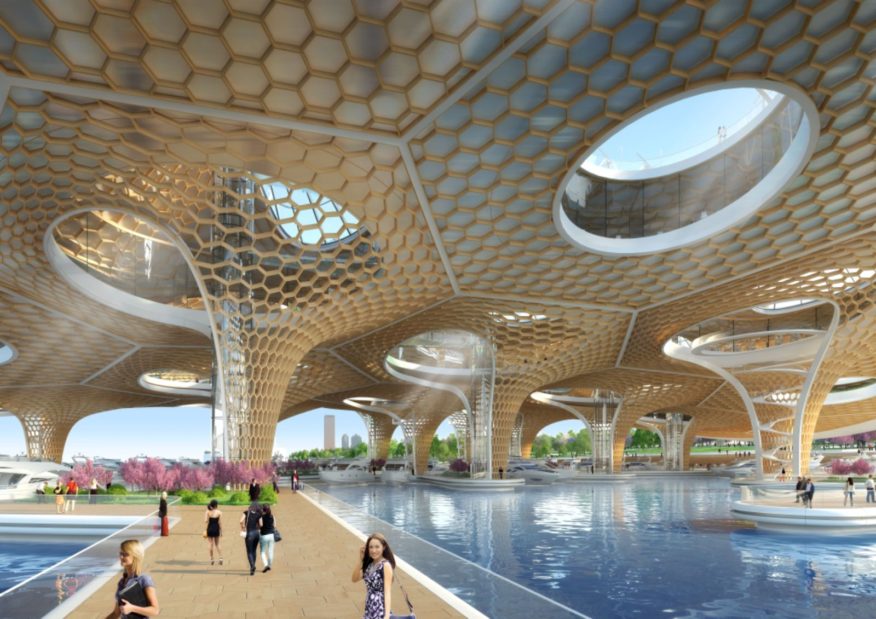
Excellence in Eco-Friendly Design, Safety and Technical Planning
The “Manta Ray” project strives to be a prime example of energy saving, reduction in carbon dioxide emissions and circular economy. In order to optimize the cycle and resources, the ferry terminal embraces the three R’s of waste management: Reduction in waste; Reuse of resources; and Recycling of materials. The materials used for interior spaces and furniture also come from biosourced, recyclable and/or recycled origin. In order to produce 100% of its energy needs, the floating terminal also includes the following renewable energies:

1. Solar: The rooftop includes 4,4550 square meters (c. 49,000 square feet) of laminated glass façade, with encased photovoltaic polycristalline cells. The roof edge is lined with 3,500 square meters (c. 37,300 square feet) of opaque photothermal panels.
2. Wind: Rooftop wind trees make up a 52-VAWT (vertical axis wind turbine) farm.

3. Biomass: Organic and biodegradable waste from Yeouido Park supply a biomethanation plant, providing energy for the equipments.
4. Water: Oscillating-foils hydrokinetic turbines (HAO) are integrated and synchronized along the hull of the large floating barrier encircling the marina. Biomimetically-inspired from the tail of a whale or dolphin, they move back and forth by tilting their profile, turning the river’s kinetic energy into electrical energy.

Seoul is finding new ways to invest in this kind of soft infrastructure, helping to foster social cohesion with a greater sense of community among diverse socio-economic groups. With an eye toward increasing equitable access for everyone to these new facilities, this floating vessel is an example of biophilic and resilient architecture, demonstrating that it is possible to build with nature rather than against it, by respecting the life of the river and allowing the local fauna and flora to flourish. Source and images, Courtesy of Vincent Callebaut Architectures.
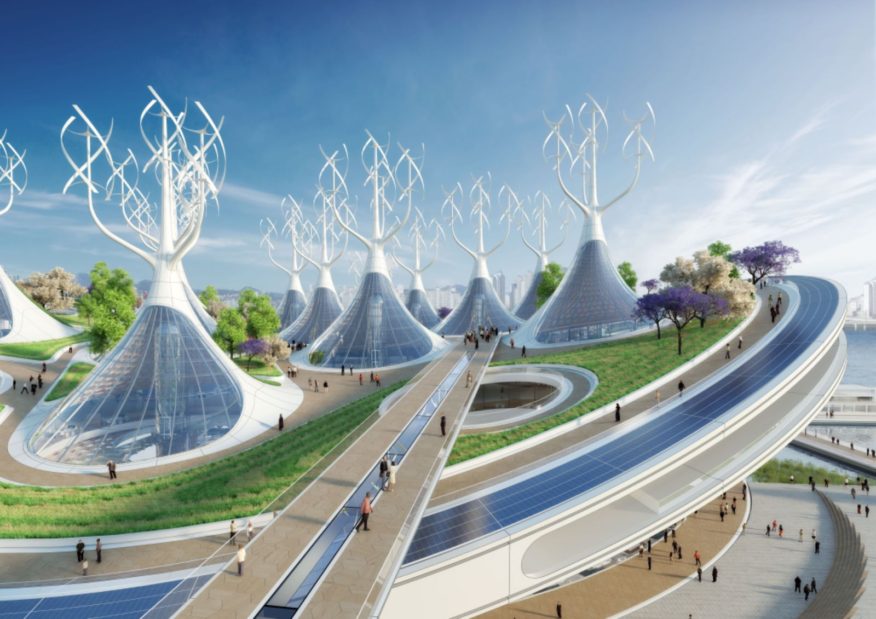

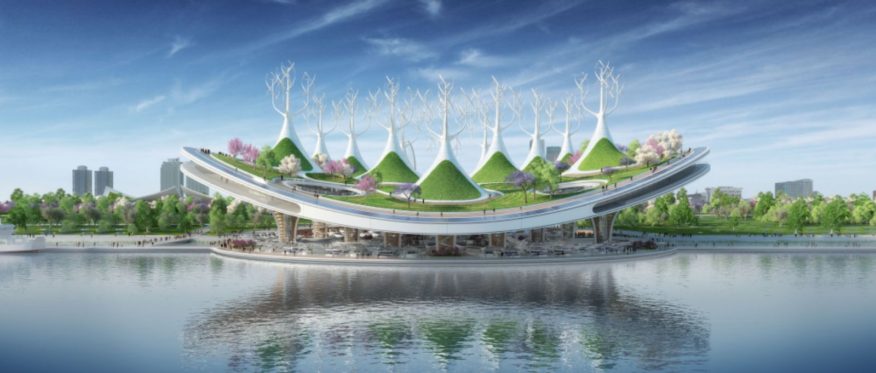



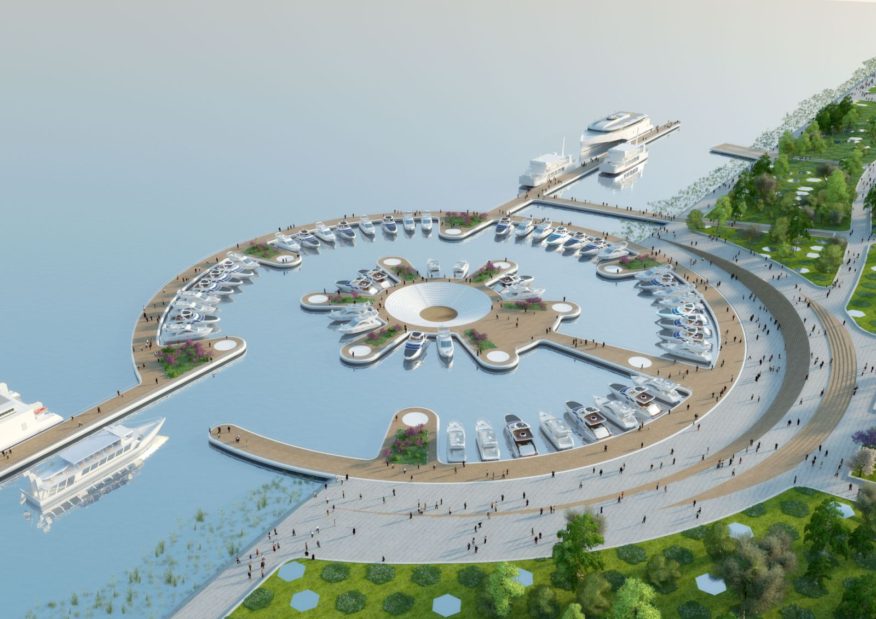

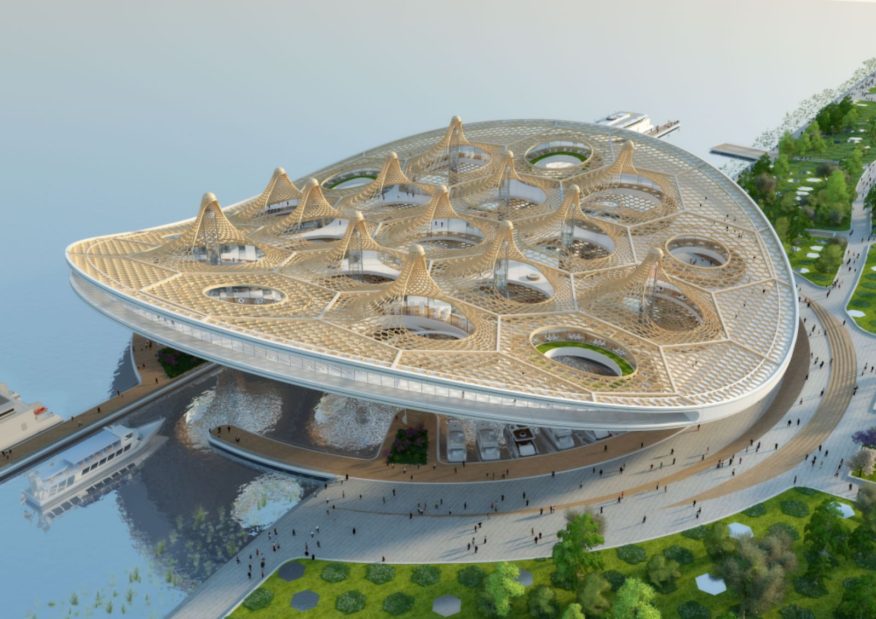
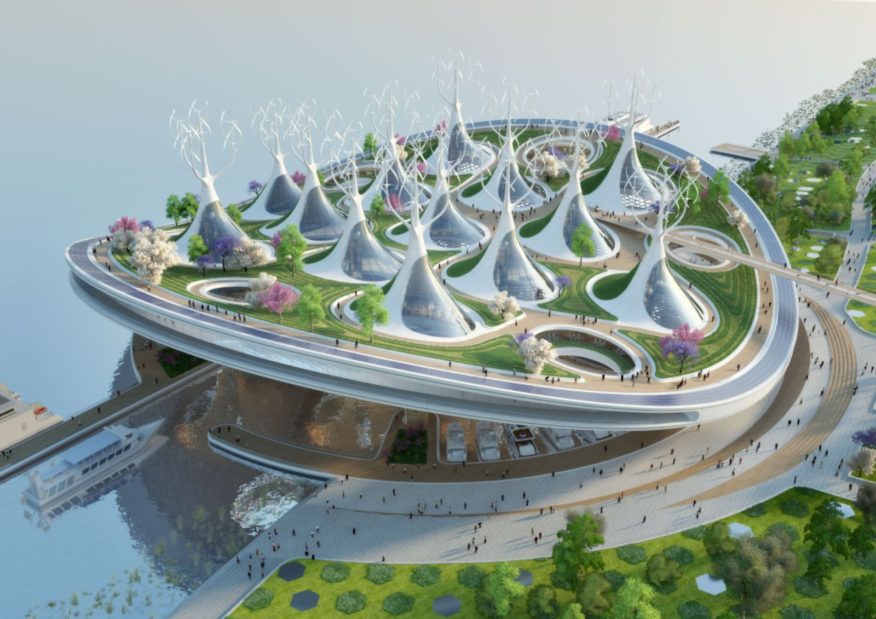
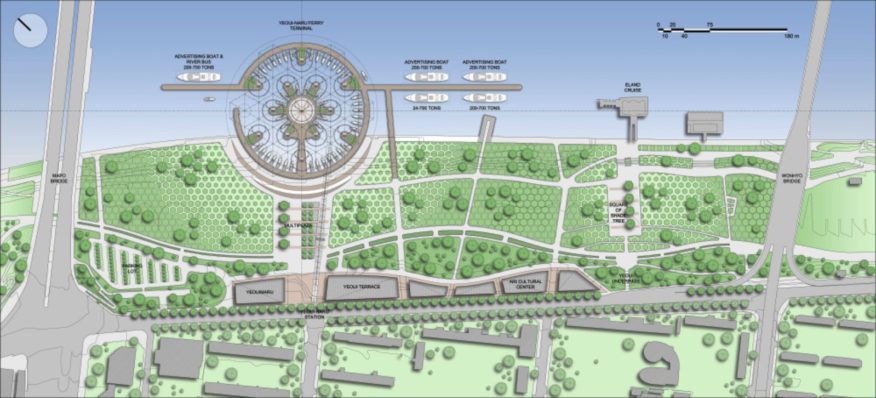
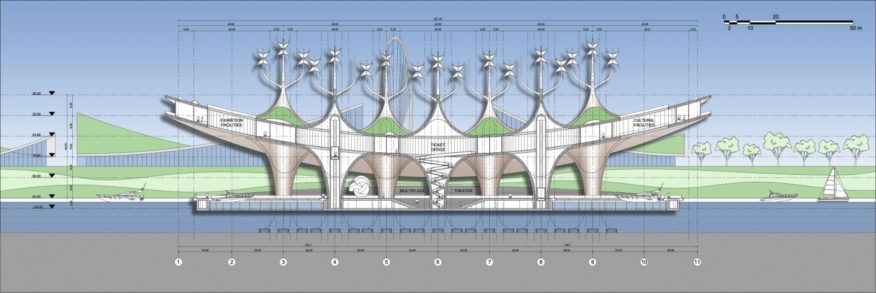


Good thorough ideas here.Id like to recommend checking out things like cheese. What exactly are you looking for though?